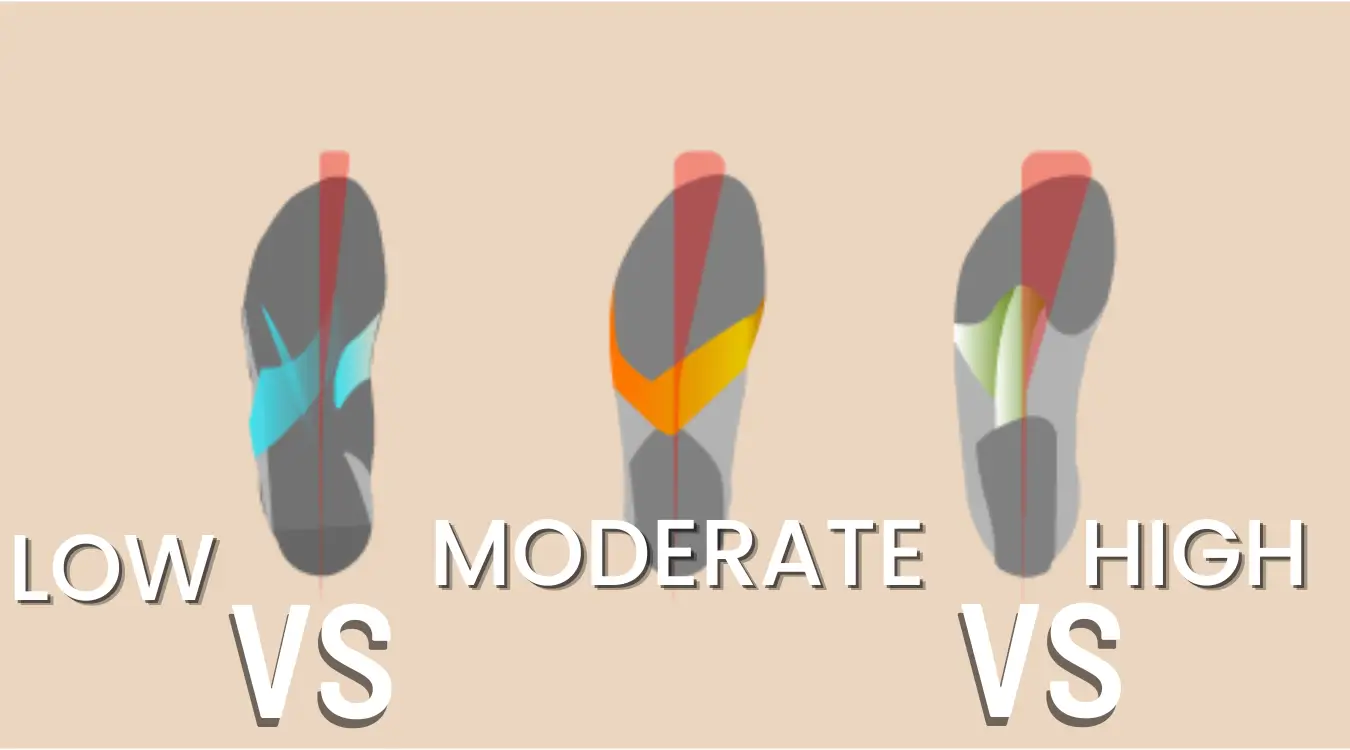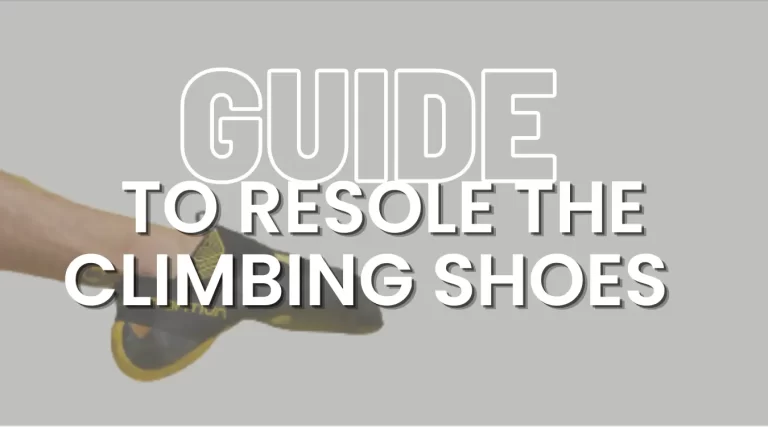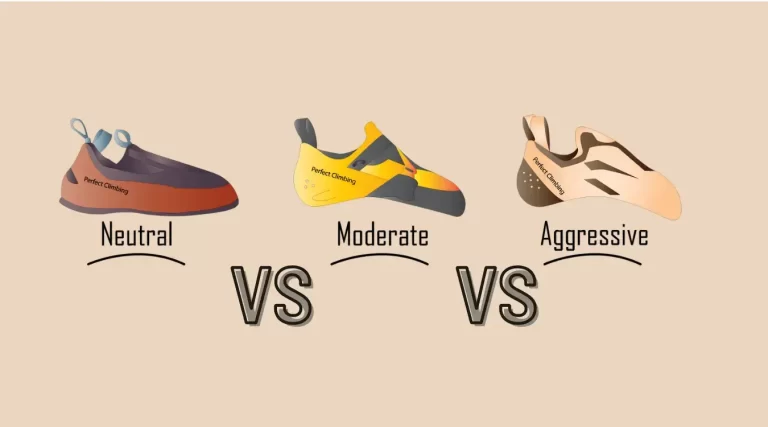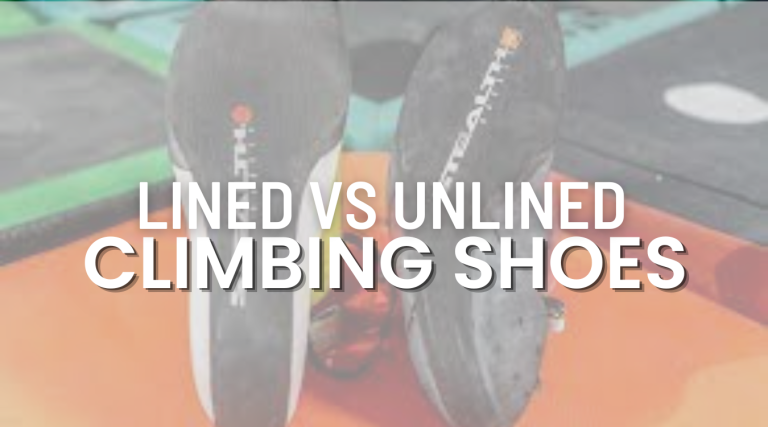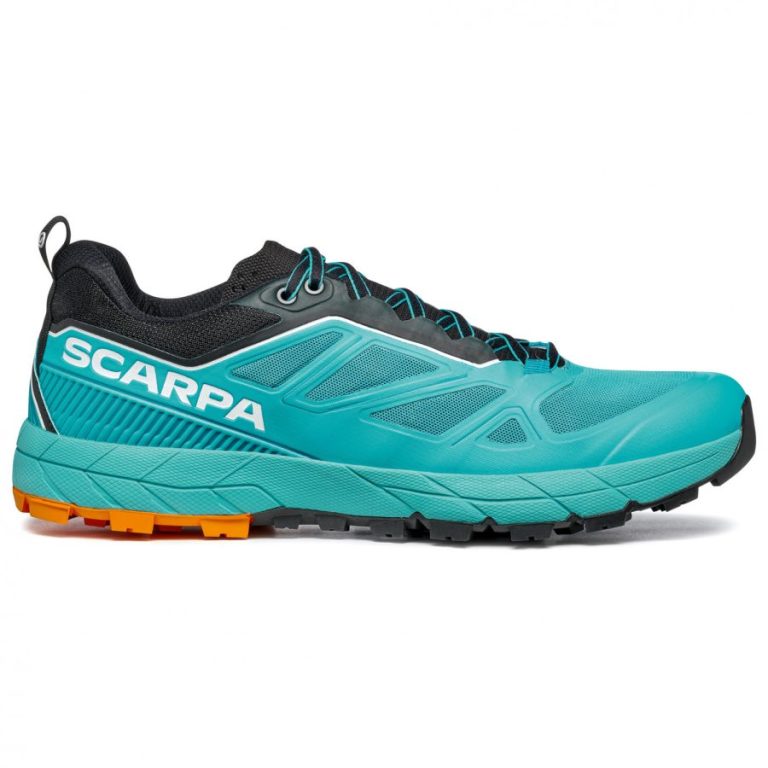When trying to climb, your shoes are likely the most crucial component. They must have a secure fit and fulfill your requirements when you’re on the mountain. There are many variations among shoes. It would be best to analyze the difference between symmetrical and asymmetrical climbing shoes.
A lot of shoes, particularly those for beginners seeking performance, are symmetrical. If you mark a line from the center of your feet to the center of your ankle, the shoe would be pretty symmetrical. This statement applies to each shoe individually. The shoe faces the inner surface if it is asymmetrical. It gives you extra steadiness on small stairs by strengthening the chamber and lengthening the membrane on the edge of your left toe.
learn How to tie Climbing Shoes
Symmetrical Vs. Asymmetrical Climbing Shoes
We researched a lot and found that climbing shoes had a perfectly symmetrical design until the late 1980s. Because of this, it was feasible to wear shoes on the incorrect foot and the opposing feet equally satisfactorily. Luckily, several shoes currently get some asymmetry.
Symmetrical: A vertical sole, like the one used for traditional footwear, is utilized to create symmetrical climbing shoe pairs. They are ideal for non-linear and non-traditional climbs or easier gradients since this offers significantly better relaxation.
Symmetrical shoes offer poorer traction on tiny holds, narrow edges, and nooks. However, such accuracy is typically not required on most traditional steep climbs. The same holds for beginner and advanced routes. The majority of immigrants still lack the skills necessary to address these issues.
While having a relatively straight and flat shape, with the toe box, midfoot, and heel areas all aligned symmetrical shoes are favourite for Climbers. They are designed to distribute your weight evenly across your foot, providing a stable and comfortable platform for climbing.
Advantages of Symmetrical Climbing Shoes
- Comfort: Due to their even weight distribution and flat shape, symmetrical shoes are generally giving extra comfort for long climbing sessions or multi-pitch routes.
- Versatility: They are suitable for a wide range of climbing styles, from slab to crack climbing, making them a great choice for beginners seeking performance or those who enjoy various types of climbing.
- Durability: The even pressure distribution on the shoe’s sole reduces the rate of wear, often resulting extra durability in longer-lasting shoes.
Disadvantages of Symmetrical Climbing Shoes
- Less precision: The straight shape of symmetrical shoes can make it more challenging to achieve precise foot placements on small holds or steep terrain.
- Limited performance: These shoes may not provide the same level of performance as asymmetrical shoes for more advanced climbers or those tackling more technical routes.
Asymmetrical: For improved strength and precision on narrow supports, asymmetrical shoes feature a more pronounced circular shape, and the front edge is displaced over the forefoot. As you might undoubtedly guess, this footwear is less relaxing than symmetrical shoes yet is necessary for tackling obstacles in some cases. asym shoes are also easy to use.
The appropriate size is crucial to maximizing the effectiveness of the climbing shoe characteristics since asymmetrical shoes sit more snugly and are therefore more effective throughout a climb. Some users might prefer half size or a full size smaller shoe to allow an appropriate fit.
Read How to clean Climbing Shoes
Asymmetrical Climbing Shoes
Characteristics of Asymmetrical Climbing Shoes
Asymmetrical shoes have a more aggressive shape, with the toe box, midfoot, and heel areas not aligned in a straight line. They are designed to focus your weight and power on the big toe, providing a precise and powerful platform for climbing.
Advantages of Asymmetrical Climbing Shoes
Precision: The aggressive shape of asymmetrical shoes allows for more precise foot placements on small holds and overhangs, making them ideal for technical and challenging routes.
Performance: Asymmetrical shoes typically offer better performance on steep and difficult terrain as they have aggressive to moderate downturn, making them a popular choice among advanced climbers.
Sensitivity: The focused pressure on the big toe, as happens in moderate downturn, provides increased feedback, sensitivity and support from the rock, allowing climbers to feel subtle changes in the climbing surface.
Disadvantages of Asymmetrical Climbing Shoes
Comfort: Due to their aggressive shape and focused pressure, asymmetrical shoes can be less comfortable, particularly for long climbing sessions or multi-pitch routes.
Versatility: These shoes are generally more specialized, which may limit their suitability for certain climbing styles or techniques.
| Symmetrical | Asymmetrical |
| Straight shape | Curved shape |
| More comfortable | Less comfortable |
| Great for beginners | Suggested for pro climbers |
| Relaxed and secure fit | Tighter fit |
| Best for trad climbing | Best for sport routes climbing & bouldering |
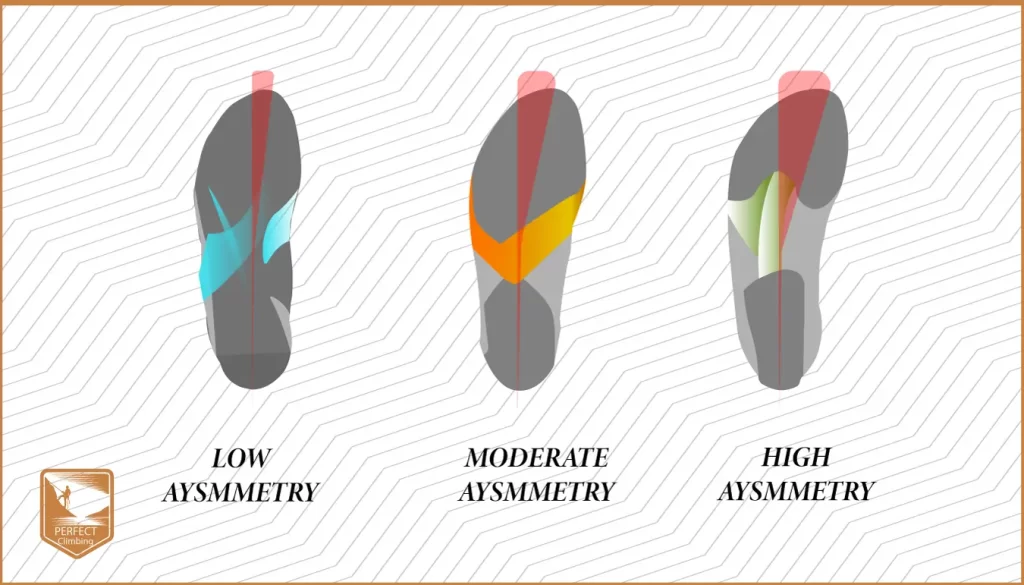
Factors to Consider When Choosing Personal Climbing Shoe
Climbing Style
When selecting shoes, consider the type of climbing you’ll be doing most frequently. Symmetrical shoes have many benefits as they are better suited for slab, crack, and less technical routes, while asymmetrical shoes excel in steep, overhanging, and challenging climbs.
Comfort
Consider the fit and comfort of the shoe, particularly for long climbing sessions or multi-pitch routes. Symmetrical shoes also have many benefits in this regard as they tend to be more comfortable, but some climbers may find certain asymmetrical models to be comfortable as well.
Durability
Look for shoes with durable materials and construction, as they will last longer and provide better value for your investment. Both symmetrical and asymmetrical shoes can be durable, depending on the materials and design.
Price
Climbing shoe pairs can range from affordable to expensive, so consider your budget when making a decision. Keep in mind that a more expensive shoe may provide better performance, durability, or comfort, but there are still excellent options at lower price points.
learn about Neutral Vs Moderate Vs Aggressive Climbing Shoes
Popular Brands and Models of Climbing Shoes
Some popular brands for climbing shoes include La Sportiva, Scarpa, Five Ten, and Evolv. Here are a few popular models:
La Sportiva Miura (asymmetrical)
Scarpa Vapor V (asymmetrical)
Five Ten Men’s Anasazi VCS (symmetrical)
Evolv Shaman (asymmetrical)
Medium Stiff Midsole The midsole is a crucial component of climbing shoes, providing the necessary support and structure for the foot. One of the factors to consider when choosing between symmetrical and asymmetrical shoes is the stiffness of the midsole, which can range from soft to medium to stiff. In this section, we’ll discuss the role of a medium stiff one in both symmetrical and asymmetrical shoes.
Symmetrical Climbing Shoes with Medium Stiff Midsole
This midsole in symmetrical shoes provides a balance between support and flexibility. This type of midsole is ideal for climbers who require a balance of sensitivity, unparalleled edging power, and unbeatable grip and edging, making it suitable for a wide range of climbing styles, including slab, vertical face, and crack climbing.
The added support from a medium stiff midsole can also help reduce foot fatigue during long climbing sessions or multi-pitch routes. However, it may not be as sensitive as a softer midsole, which can make it more challenging to feel subtle changes in the rock surface.
Asymmetrical Climbing Shoes with Medium Stiff Midsole
In asymmetrical shoes, a medium stiff midsole offers the necessary support for precise foot placements on small holds and overhangs. The increased stiffness allows for better power transfer from the leg muscles to the big toe, making these shoes ideal for technical moves and challenging routes.
A medium stiff midsole in asymmetrical shoes is suitable for climbers who need a balance ofgrip and edging power and sensitivity and support on steep terrain. However, the increased stiffness may come at the cost of some comfort, particularly for long climbing sessions or multi-pitch routes.
Tips for Caring for Your Climbing Shoes
Keep your shoes clean by brushing off dirt and chalk after each use.
Avoid excessive exposure to heat or sunlight, as this can cause the rubber to degrade.
Store your shoes in a cool, dry place when not in use.
Consider resoling your shoes to extend their lifespan and save money.
Final Verdict
With a brief explanation, you have tested symmetrical and asymmetrical climbing shoe pairs differently. Now it’s up to you to decide because your decision will depend on various factors, including the landscape, your hiking ability, and your tastes.
Agility goes hand in hand with asymmetrical footwear. Your big toe is a very particular place for significant power. Additionally, symmetrical shoes provide all-day relaxation, which is excellent for arduous ascents. It also qualifies them as amateurs who haven’t yet advanced professionally.
FAQs
What do asymmetric shoes look like?
Whenever the forefoot is more parallel to the sole, and your feet can rest somewhat level inside the shoe, we define a shoe as having reduced asymmetry. When the forefoot area curves in, giving the shoe a rounded shape, the asymmetry is categorized as strong in climbing shoe pairs.
Does a shoe have symmetry?
Chiral items, such as shoes, couldn’t ever contain any symmetry. No surface or vector can be used to split a mitten halfway and create two parts that are equal projections of each other.
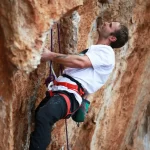
Leah Leonard
Leah Leonard is a renowned author and seasoned climber, best known for her captivating book, “Perfect Climbing.” Her experiences scaling the world’s most formidable peaks have not only shaped her adventurous spirit but also lend a unique authenticity to her compelling narratives.
